A Concise History of Clan Maclean
The Clan Maclean is one of the oldest Gaelic1 clans of Scotland, settling primarily in the inner Hebrides and the Western Highlands. The Clan Maclean takes its name from its first chief, Gilleain na Tuaighe.1 when anglicized means Gillean of the Battle-Axe.
Gilleain
means the Servant of [St.] John,
thus the name Maclean
literally means Son of Gillean
or Son of the Servant of [St.] John.
2
Origins of the Clan Maclean 4th Century BC — 13th Century
Although the certainty of ancient origins from which the Clan Maclean descended are lost to history, the clan’s senachies, or historians, have maintained traditional claims of descent from the Dálriadic kindred of Lorn6 through Loarn mac Erc.2
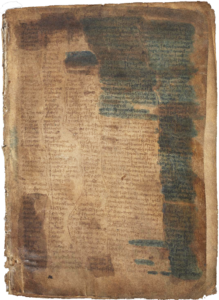
The direct lineage of the Maclean Chiefs can be traced with confidence as far back Gillean’s 5th great-grandfather, Old Dugald of Scone.1 Born around 1050, during the reign of Macbeth, Dugald of Scone served as a Judex (or Judge) and was believed to be a Councillor to David I, King of Scots.
Prior to Old Dugald, the genealogical records are somewhat uncertain, however there are some consistencies in the various genealogical accounts. Dr. John Beaton, the last official seneachie of the Clan Maclean,2 Dr. Matthew Kennedy who wrote the definitive Dissertation on the Royal Line of Steuarts,3 and a manuscript recognized by the Lord of the Isles listing the pedigrees of the important clans4 all agree in recognizing Ferghuis Abhraruoidh (or Fergus Mór, a Dálriadic king) as the Gillean’s 16th great-grandfather. Alexander Maclean Sinclair asserts that the books of Ballymote, Leccan, the Skene Manuscript, and MacFirbis’s Genealogies all trace the Maclean’s back to Loarn mac Erc,2 a king of Dálriada who lived in the 6th century and for whom the Lorn kindred was named. Beaton, Kennedy and O’Clery, in his Book of Genealogies,5 carry the genealogy further back to include Erc as Gillean’s 19th great-grandfather. Beaton alone provides a hereditary line back further naming Gillean’s 34th great-grandfather as Tuirmhich teainrich righ Eran, a traditional High King of Dálcuinn (ancient Ireland) who presumably lived around 320 B.C.
Rise to Influence and Prominence 13th Century — 14th Century
Although best remembered as warriors today, the earliest Macleans would likely have been recognized as one of the hereditary learned families of the Gàeltachd.6 Old Dugald’s position and designation as “judex,” along with his frequent change of dwelling coupled with the fact that his great grandson, Cuduiligh,6b born c.1130,14 was a learned Abbot of Lismore would have been common in the context of the Gàeltachd.6
Malcolm mac Giliosa, third chief, married Rignach,6 daughter of Gamail, Mormaer (or Earl) of Carrick (a relation of the Bruces17), established Malcolm in both society and land.6 This marriage happened at the beginning of the transition of Scotland’s crown from the House of Balliol to the House of Bruce.1 Malcolm’s sons used their new influence established control and command of ships and shipping in the region.6 The rise of the House of Bruce put Scotland on a path to the Wars of Scottish Independence; a path that would rely heavily on sea-power which the Macleans were ready and eager to provide.
While being an influential family in the Gàeltachd may have helped establish Malcolm’s favor with the Earls of Carrick, it was the sea power commanded by his sons that the Bruce needed and helped accelerate their rise to prominence. Having the favor of both the outgoing and incoming ruling houses enabled the Macleans to thrive in the transition.
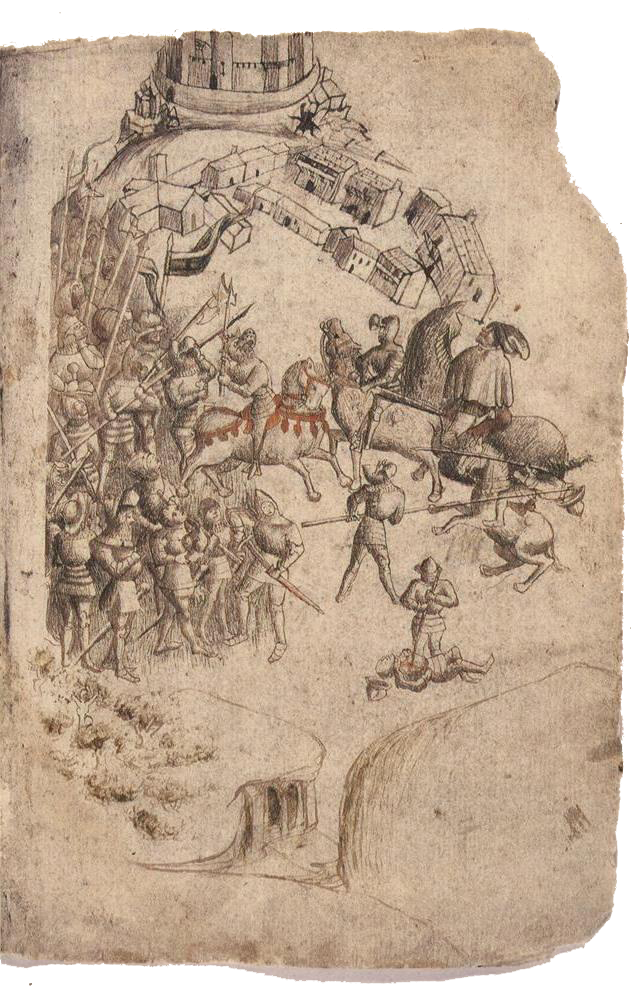
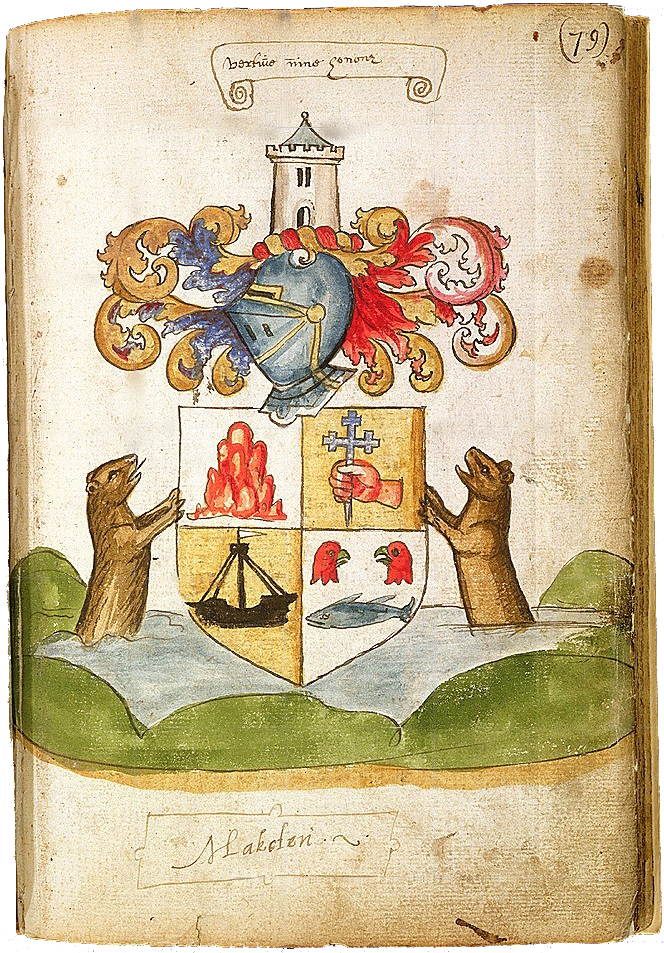
Seaton Armorial
Oral tradition of the Clan Maclean insists that Malcolm fought with the Bruce at the Battle of Bannockburn on June 24th, 1314.1 Although not historically documented, this assertion is both logical and reasonable due to the facts that the Carricks were known to have fought with Bruce that day and the stood with the Bruce afterward.13 Strong ties to both the Carricks and Bruces would have made it difficult for the Macleans to avoid being drawn into the conflict.6
In 1390 Lachlan Lùbanach Maclean of Duart, 5th Chief, and Hector Reaganach Maclean, 1st Chieftain of Lochbuie, were the first Macleans to achieve full nobility when they granted charters for lands from the Lord of the Isles. Shortly before 1395 Charles Maclean of Lochbuie, the First Maclean of Urquhart, became the first Maclean to be knighted. He was knighted by King James III for his “many daring exploits in the service of his sovereign.
“1
A vassal of the Lord of the Isles, Sir Charles held the farthest point north for the Lordship. In 1631 Lachlan Maclean of Duart, 17th Chief, made his first appearance at the court of Charles I, King of England, Scotland, and Ireland. During Lachlan’s time at court Charles I made him a baronet of Nova Scotia with remainder to his heirs male whatsoever.
Lachlan was styled, “Sir Lachlan Maclean of Morvern.”1b And thus the chiefs of both the Macleans of Lochbuie and Duart, descendants the ancient Gaels, were now landed members of the peerage.
The Lordship of the Isles 14th Century — 15th Century
By the 14th century, the Clan Maclean had become a dominant force in the Western Isles. In 1366 Lachlan Lùbanach Maclean of Duart, 5th Chief, solidified the Maclean alliance with the Macdonalds through marriage. His bride, Mary Macdonald,15 was not only the daughter of John Macdonald, first Lord of the Isles, but also the granddaughter of Robert II, King of Scots. It appears the families were close enough that the approval of the church was sought. The papal dispensation issued by Pope Urban V on May 3rd of 136716 approving the marriage is the first mention of a Maclean in any official records. Their marriage dowry included custody of Duart Castle. Lachlan Lùbanach also secured the hereditary position of Lieutenant-General of the Isles.
In 1390, Lachlan Lùbanach would secure the earliest known charters ever granted by the Lord of the Isles.1 Donald Macdonald, second Lord of the Isles, granted three charters to Lachlan Lùbanach at Ardtornish on July 12 in 1390.1 The first charter granted custody and constableship of castle Duart, the lands of Torosay, Brolas and other lands in Mull;2 half constableship of castles Dunconnel and Dunkerd, the islands of Garvellach, the upper half of the isle of Jura, certain lands in Luing, Scarba, Morvern and other places.2 The second charter granted custody and constableship of castles Cairnburgh, Ileburgh, Fladda, and Lunga; the lands of Treshnish, Calgary, and other lands in Mull; the office of Fragramanach and Armanach in the island of lona.2 The third charter granted the bailiery of all the lands of Tiree; certain lands in Tiree; and the office of Steward of the House to the Lord of the Isles.2
For five generations the fortunes of the Macleans were closely tied to the Macdonalds and the Lordship of the Isles. The Macleans’ steadfast support as vassals to the Lordship of the Isles was rewarded by the Scottish Crown when it annexed the Lordship of the Isles to itself. On July 13th in 1495 at Glasgow, King James IV confirmed all the charters held by Hector Odhar Maclean of Duart from the Lord of the Isles.1 Holding their charters directly from the Crown made the Macleans an independent clan, at a time when they were the most powerful military force in the Hebrides.
The Jacobite Risings 17th Century — 18th Century
The Macleans were ever-faithful to the Stuart Cause. In 1631, King Charles I, of the House of Stuart, took a particular interest Sir Lachlan Maclean of Duart, 17th Chief, and bestowed on him the hereditary Baronetcy of Morvern.2 At court Sir Lachlan’s distrust of Archibald Campbell, 1st Duke of Argyll who was later executed for his role in overthrowing Charles I, set the Macleans on path that forever aligned them with the Stuarts and against the Campbells.
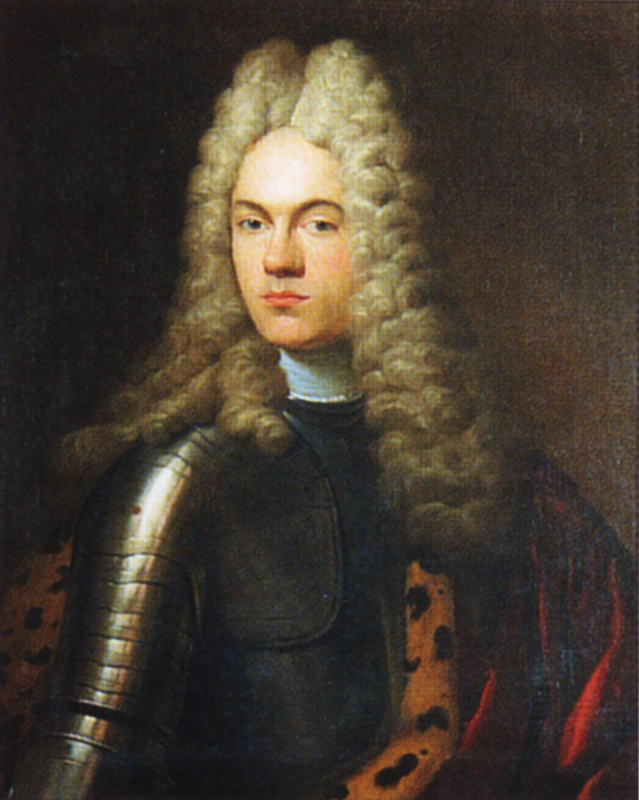
Dundee’s Rising
The Macleans were the first to shed blood for Stuart Cause. The first military engagement of the Jacobite Uprising of 1689, or Dundee’s Rising, was a skirmish at Knockbreck. Hector Maclean of Lochbuie, under the command of Sir John Maclean of Duart, 20th Chief, led an advance force of 300 Maclean men on their way to join Dundee’s main Jacobite force when they were attacked. The Macleans prevailed against five Troops of Horse from General Hugh Mackay’s army.2
The Macleans engaged in all the major engagements of the first Jacobite uprising. Sir John proved himself a skillful battlefield leader at the Battle of Killiecrankie, even his enemy, William III, took note and years later offered him a colonelcy in the British Army.18 Archibald Campbell, 1st Duke of Argyll used the Macleans’ Stuart sympathies with trumped up debts to force Sir John to surrender Duart.
The Fifteen
When the Jacobite Uprising of 1715, or simply the Fifteen,
broke out the Macleans had been weakened by aftermath of Dundee’s Rising and relentless conflict with the Campbells; the later of which resulted in the loss of Duart and its ability to raise revenue necessary to wage war.
Though though no longer resourced well enough to play the same role they had a decade earlier, the Macleans participated in several engagements including the successful attack on Fort William2 and Battle of Sheriffmuir. About 800 Macleans19 turned out to fight behind their Chief, Sir John.
According to tradition, Sir John addressed his clan thus, “Gentlemen, this is a day we have long wished to see. Yonder stand Maccalen Mor for King George; here stand Maclean for King James. God bless Maclean and King James. Charge, gentlemen!
“2
The Forty Five
Two decades later the Macleans again rallied again to the Stuart Cause, this time under the banner of Charles Edward Stuart remembered as Bonnie Prince Charlie,
during the Jacobite Uprising of 1745, remembered simply as the FourtyFive. Sir Hector Maclean of Duart, 21st Chief, had arranged for Bonnie Prince to land at Mull when he returned to Scotland. Unfortunately Sir Hector was arrested as a Jacobite spy and imprisoned in the Tower of London before the Bonnie Prince set sail and the plan changed for fear that the English learned of the plan. The Macleans played a prominent role at Battle of Culloden. Sir Hector’s absence, Charles Maclean of Drimnin lead the Maclean forces that turned out for the Battle of Colloden where they suffered heavily both in battle and in the Duke of Cumberland’s massacre the following day.1 Culloden effectively ended the the Fourty Five, and along with it any hope of the Stuart restoration to the throne.
Exile and Emigration 19th Century — 20th Century
The Stuart Cause cost the Macleans heavily in life, land, and influence. Having lost Duart and most of their lands to the Argyll, the Maclean chiefs found themselves in exile. Six generations of Chiefs would make their home abroad in France and England. Argyll began driving the Macleans from their ancient homes immediately after Dundee’s Rising. So many Jacobites were driven from the Highlands after the first and last Uprisings that the post-war periods became known as the Clearances.
The Macleans were faced with a very stark reality, either remain in the Highlands and Western Isles homeless and destitute to face the harsh winter elements or start life anew elsewhere. Many Maclean families chose the later and the results ripple throughout history. Sir Hector Maclean of Duart, 21st Chief returned to France with the Stuart Court, where he was instrumental in spreading Freemasonry. Australia, New Zealand, the United States all have many influential leaders, businessmen, judges, and politicians among their early leaders who bear the name Maclean. Several of the American Patriots and Pioneers were Macleans. Though the loss of the Stuart Cause was a difficult one, the result is that it spread the independent and inventive spirit of our Highland family across the globe.
Renaissance of the Clan Maclean 20th Century — Present
In 1911, Sir Fitzroy Donald Maclean of Duart, Bt, 26th Chief, proudly proclaimed, “I am happy to say the ancient stronghold of the Macleans is now my property”
to the 400 Macleans who joined him to celebrate the reclaiming of Duart Castle. “It is 221 years since the Maclean banner has been over this ancient castle… and I know perfectly well that the honor of that flag and the honor of our clan will be ever safe in your hands.”
Though the 17th century Chiefs had difficulty mastering the court-centered political and military landscape, by the 18th century they had gained a mastery of their political craft while also maintaining the proud military tradition of our ancestors. Several recent Maclean Chiefs and Chieftains have become the embodiment of the modern warrior statesmen. A few exceptional examples include:
Sir Fitzroy of Duart
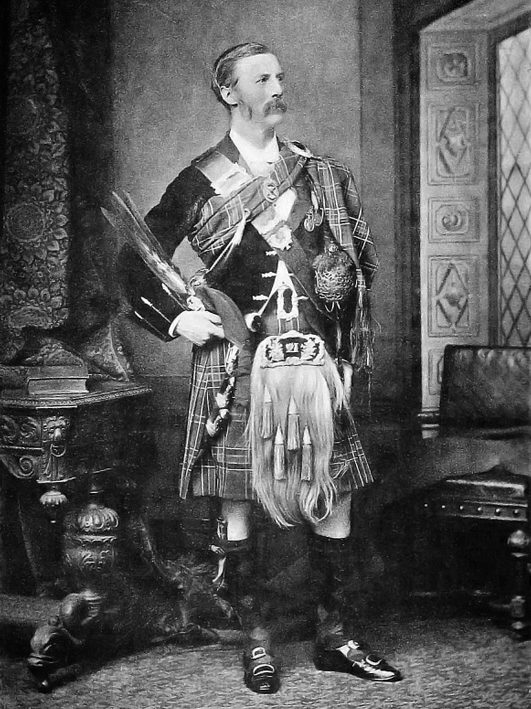
Colonel Sir Fitzroy Donald Maclean, 10th Baronet of Duart, KCB, 26th Chief restored Duart Castle.
Sir Fitzroy was a well-traveled and unusually connected man. He was a close friend of King Edward VII, an acquaintance of Queen Victoria, and received by Pius IX. He witnessed Florence Nightingale nursing soldiers in Malta and grew to like Jefferson Davis.
The Clan Maclean owes much of its resurgence Sir Fitzroy’s leadership. He lived to be 101, and on that birthday the feud with the Campbells ceased, news that made the New York Times.
Sir Fitzroy served in the Crimean War with the 13th Hussars fighting at all engagements except for the Battle of Balaclava due to dysentery. Had he been well, Sir Fitzroy would have mounted for the disastrous cavalry
charge immortalized by Tennyson’s, “The Charge of the Light Brigade.”
Sir Fitzroy of Dunconnel
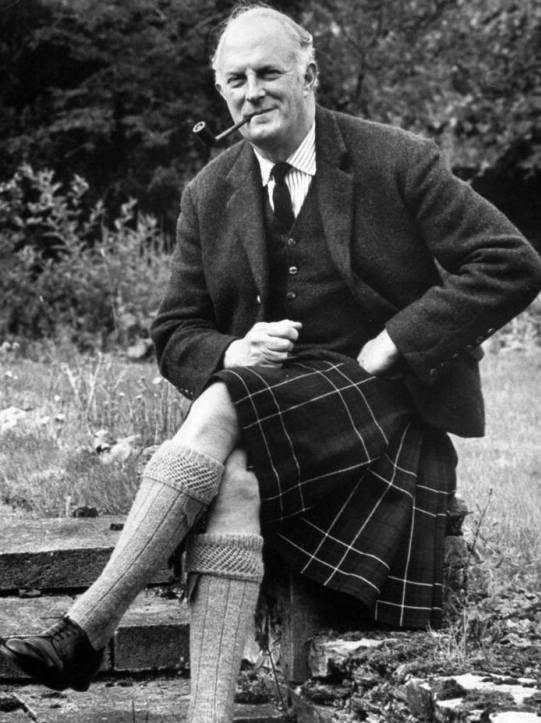
Sir Fitzroy Hew Royle Maclean, of Dunconnel, Bt, KT inspired the gentleman-spy hero, James Bond.
Sir Fitzroy joined the Special Air Service (SAS) in 1942 at the request of its founder, David Stirling, who was a friend and godfather to one of Sir Fitzroy’s sons. A year later, and at Churchill’s direction, he commanded the military mission that parachuted into Yugoslavia to assist Tito in repelling the German occupation.
His stories of World War II and frequent travels throughout central Asia in the 1930’s, which were usually without permits leading the Soviets to believe he was a spy, heavily inspired the development of friend Ian Flemming’s character, James Bond.
Sir Fitzroy became a diplomat, Member of Parliament, and author. Sir Fitzroy was made a Baronet in 1957 and a Knight of the Thistle in 1993.
Lord Charles of Duart
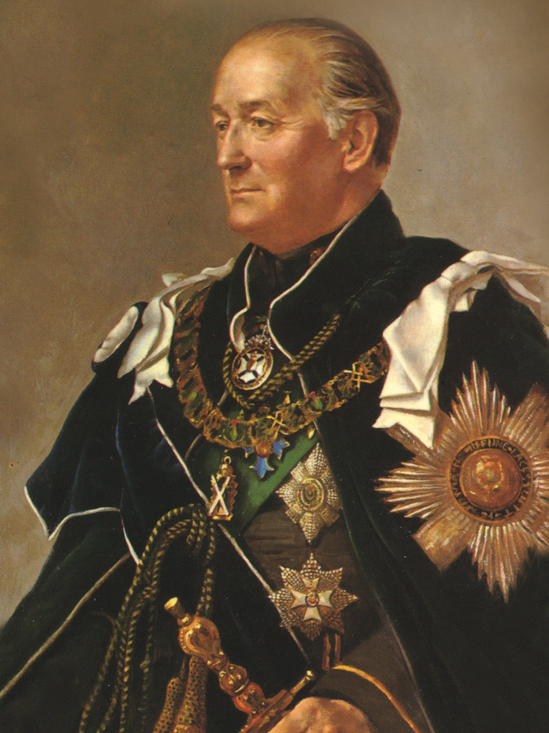
Lord Charles Maclean of Duart and Morvern, Bt, KT, GCVO, KBE, PC, Baron Maclean, 27th Chief was arguably the most influential Scottish chief of the modern era.
Lord Charles served in the Scots Guards during World War II. Most notably he participated in the Invasion of Normandy and the Battle of Villers-Bocage at the Caumont front. By war’s end, he had fought in France, Belgium, the Netherlands, and Germany.
Following the war, he modernized the Scouting movement before being selected to serve as head of Queen’s household. He personally orchestrated the wedding of Prince Charles to the Lady Dianna Spencer.
He was Privy Councillor and Lord Chamberlain to HRH Elizabeth II; and was made a Knight of the Thistle, the Royal Victorian Order, and the Order of the British Empire.
Sir Lachlan of Duart
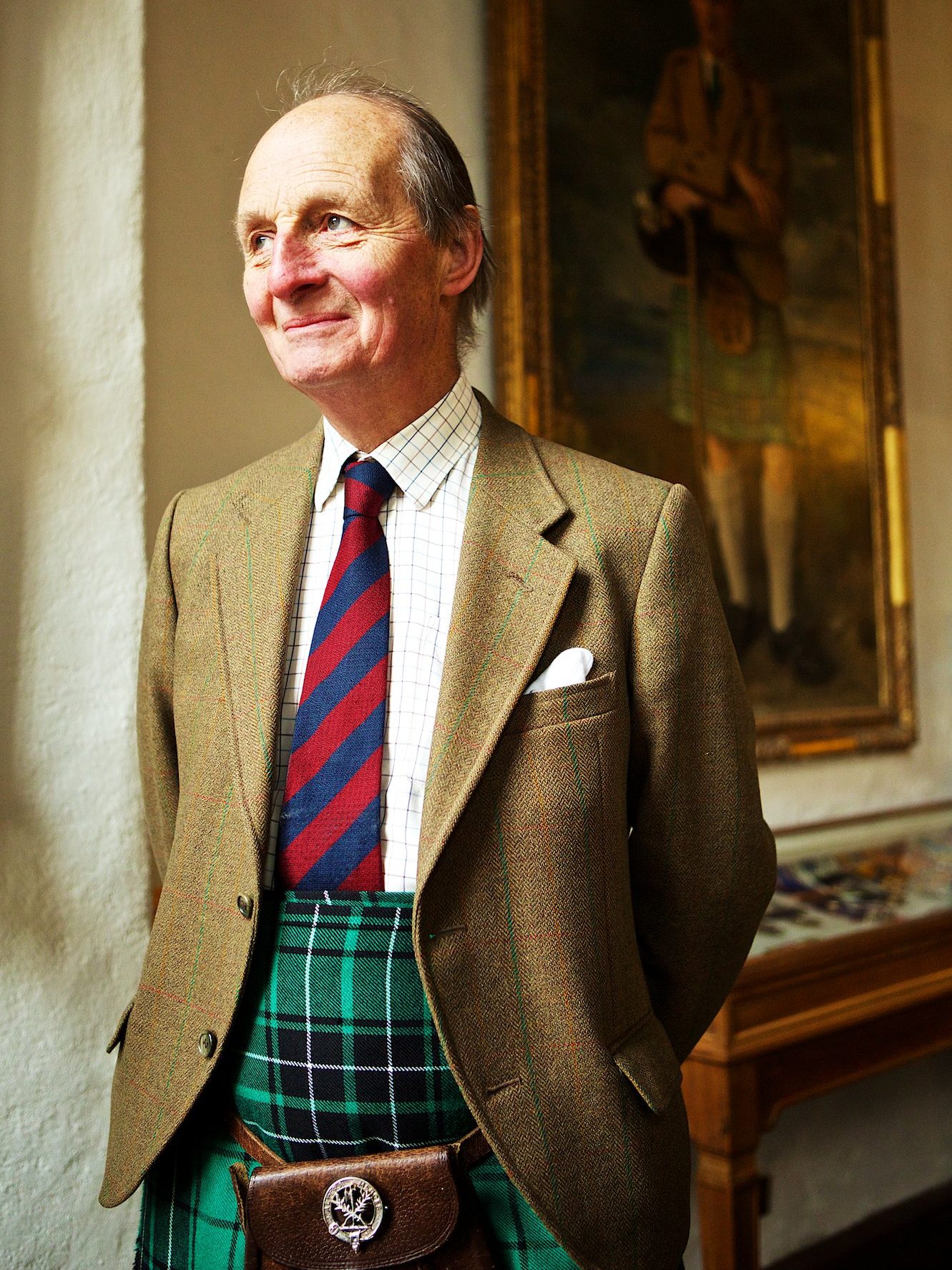
Sir Lachlan Maclean of Duart and Morvern, Bt, CVL, DL, 28th Chief has preserved the history and culture of the Macleans for future generations.
Sir Lachlan served in the Scots Guards and was accepted into the Special Air Service (SAS), an elite special forces unit of the British Army. He served under Lord Guthrie in Operation Storm, and was part of a United Nations Peacekeeping mission in Cypress. Sir Lachlan served in combat operations for which he was awarded the General Service Medal and United Nations Medal.
Following retirement from military service, sir Lachlan became an executive with United Biscuits; he later went into private business as a restaurateur.
Today Sir Lachlan works to preserve the Clan Maclean’s history and culture for future generations.
Since the restoration of Duart Castle Macleans around the globe have become one of the most active and involved modern Scottish Clans. The Clan Maclean today is truly a world-wide family.
